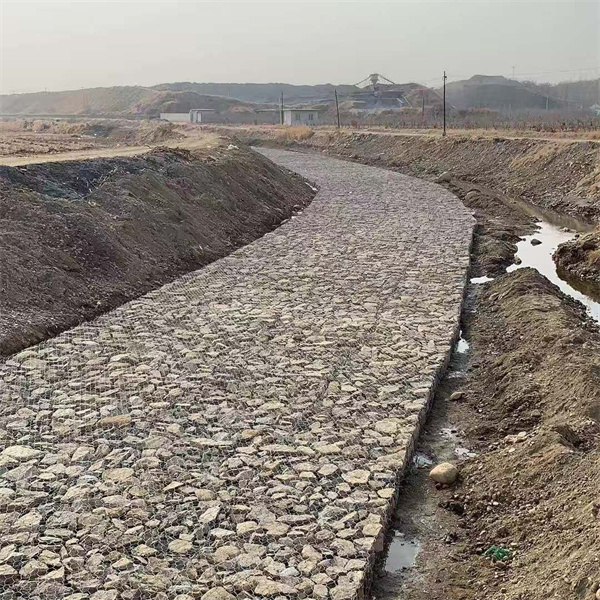ታኅሣ . 13, 2024 02:42 Back to list
Optimal Unit Weight for Gabion Wall Design and Construction Analysis
Best Unit Weight of Gabion Wall A Comprehensive Overview
Gabion walls, constructed from wire mesh containers filled with rocks or gravel, have become a popular choice in civil engineering for their effectiveness in erosion control, slope stabilization, and flood management. The unit weight of a gabion wall plays a crucial role in its design, stability, and performance under various conditions. Understanding the best unit weight options for gabion walls is essential for ensuring their suitability for specific applications.
What is Unit Weight?
Unit weight, often referred to as density, is defined as the weight of the material per unit volume. In the context of gabion walls, it encompasses not only the weight of the wire mesh and the infill material but also the overall structural integrity and the forces exerted upon it. The unit weight significantly impacts how a gabion wall interacts with soil, water, and other environmental factors.
The Importance of Unit Weight in Gabion Wall Design
The primary factors influencing the best unit weight of gabion walls include
1. Material Selection The infill material commonly consists of natural stones, recycled concrete, or manufactured granular materials. The choice of material directly affects the unit weight. For example, dense rock types like granite or basalt will yield a heavier wall compared to lighter materials such as limestone or gravel.
best unit weight of gabion wall

2. Design Considerations The design of the gabion wall, including its height, length, and overall geometry, must be compatible with the intended unit weight. A heavier wall can provide better stability against lateral soil pressures and water forces, but it may require a more robust foundation and careful consideration of site conditions.
3. Load Bearing Capacity Gabion walls are typically designed to resist loads arising from soil pressure, hydrostatic pressure, and other environmental factors. An optimal unit weight ensures that the wall can dissipate these forces effectively without failure or excessive deformation.
Optimal Unit Weight for Gabion Walls
The best unit weight for a gabion wall generally falls within a specific range depending on the application and material used. Typically, the unit weight of the infill material can vary from 15 to 25 kN/m³, with natural stone commonly hovering around 18 to 24 kN/m³.
For general applications in soil stabilization or erosion control, a unit weight at the higher range (20-25 kN/m³) tends to provide better resistance to upward and lateral forces, enhancing the wall's overall stability. However, in situations where weight must be minimized, such as areas with weak soil conditions, a lower unit weight while still ensuring structural integrity may be more appropriate.
Conclusion
In conclusion, determining the best unit weight for gabion walls is integral to their success in various applications. Engineers and designers must consider the type of infill material, design requirements, and site-specific conditions when establishing the optimal unit weight. By carefully evaluating these factors, it is possible to construct gabion walls that not only meet structural requirements but also provide long-lasting performance in challenging environments. Ultimately, the weight of a gabion wall influences its failure modes, which is why a thorough analysis of unit weight is essential in the design of effective and reliable gabion structures.
-
HESCO Gabion Baskets for Coastal Erosion Prevention
NewsAug.22,2025
-
Longevity and Durability of River Rock Gabion Walls
NewsAug.22,2025
-
How to Integrate Gabion 3D Walls in Urban Planning
NewsAug.22,2025
-
Reno Mattress Gabion Applications in Civil Engineering
NewsAug.22,2025
-
How to Install Wire Mesh for Gabion Baskets Properly
NewsAug.22,2025
-
Best Materials for Filling a Chain Link Gabion
NewsAug.22,2025
-
Wire Mesh Thickness Impact on Gabion Wall Load Bearing
NewsAug.12,2025






